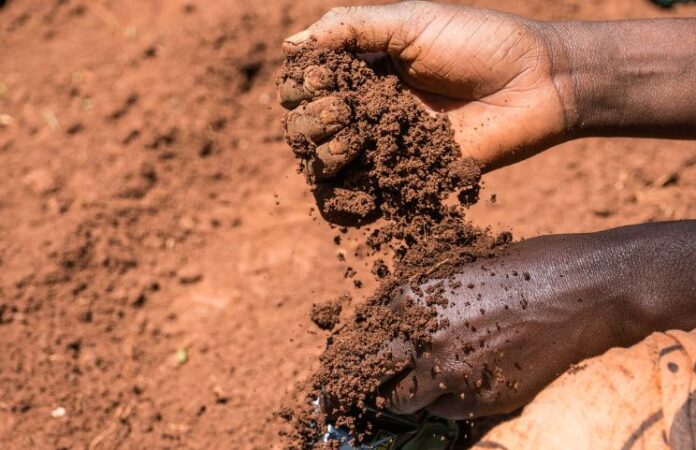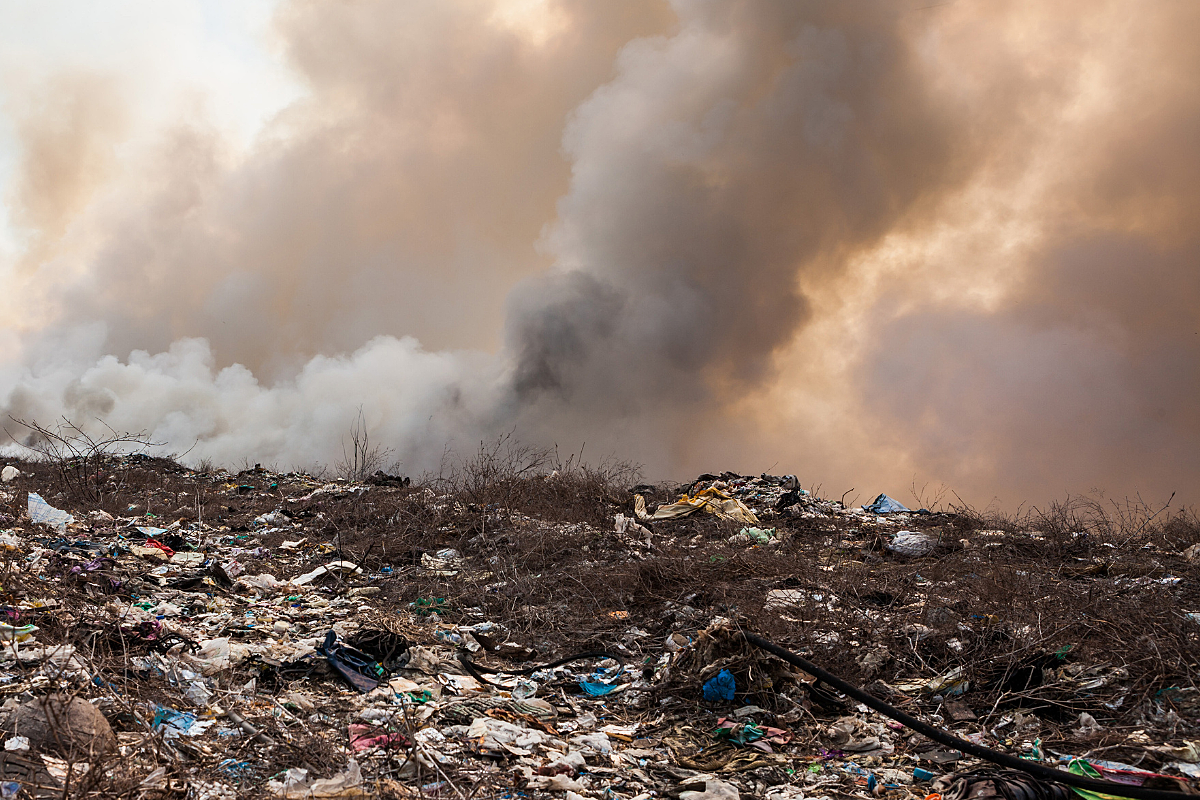- Soil degradation is not just an agricultural issue. Healthy soils act as natural water reservoirs, absorbing rainfall and slowly releasing it into rivers and aquifers.
Research indicates that only 20 percent of Kenya’s land remains suitable for food production.
According to the Soil Atlas – Kenya Edition 2025 by the Heinrich Böll Foundation, the rest of the soil is increasingly being degraded through erosion, nutrient depletion, salinization, and poor land management—posing a serious threat to food security, water systems, and climate resilience.
The same report reveals that Kenya loses up to 26 tonnes of topsoil per hectare annually due to erosion, with some regions reporting even higher losses. In addition, 40 percent of irrigated land is affected by salinization, making it difficult to grow crops.
This situation is worsened by the fact that around 63 percent of arable land suffers from acidity, 80 percent from phosphorus deficiency, and 75 percent has low organic carbon—key indicators of soil fertility.
Soil degradation is not just an agricultural issue. Healthy soils act as natural water reservoirs, absorbing rainfall and slowly releasing it into rivers and aquifers.
Read More
As soils degrade, their ability to retain water diminishes, leading to increased surface runoff, flash floods, and a decline in groundwater levels. This weakens entire ecosystems and reduces resilience in the face of climate change.
The causes of this degradation are varied. Deforestation, monoculture farming, the overuse of synthetic fertilizers, poor irrigation techniques, and a lack of crop rotation are all contributing factors.
Farmers desperate to maintain yields often turn to chemical inputs, but this can further deplete the soil’s natural structure and biodiversity in the long term.
Despite the alarming trends, many Kenyan farmers and organizations are actively working toward solutions. Techniques such as composting, agroforestry, crop rotation, and organic farming are being adopted to restore soil health.
Dr. Harun Warui, an advocate of agroecology, notes that these methods can boost yields by up to 30 percent without depending on synthetic inputs. Meanwhile, community initiatives in various counties are promoting terracing, tree planting, and organic enrichment of soil as viable paths forward.
Still, experts warn that local solutions must be matched with stronger national policy support. This includes scaling up soil mapping projects, subsidizing organic inputs, regulating harmful pesticides and fertilizers—some of which are banned in the European Union but still in use locally—and investing in farmer education.
Kenya’s future food security, water stability, and ecological health are all quite literally rooted in the ground. Protecting and restoring its soils must move to the center of environmental and agricultural agendas—not just as a rural development issue, but as a national priority.







